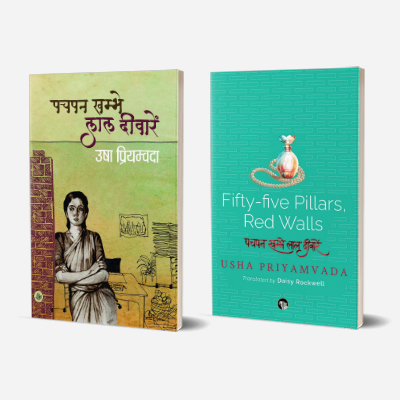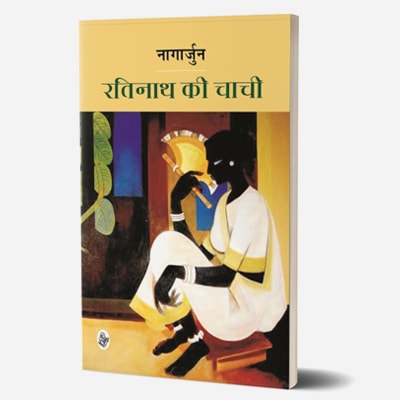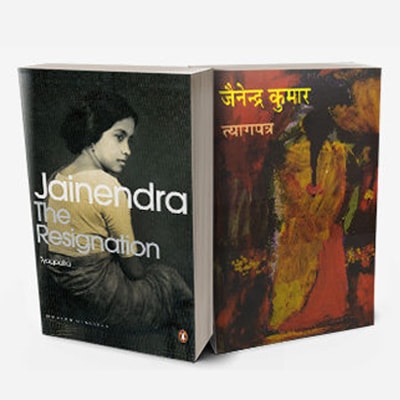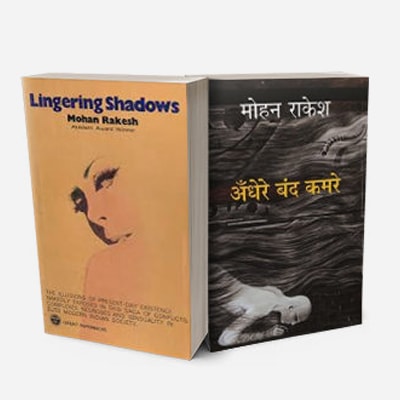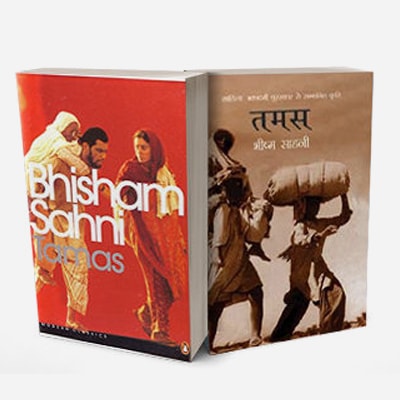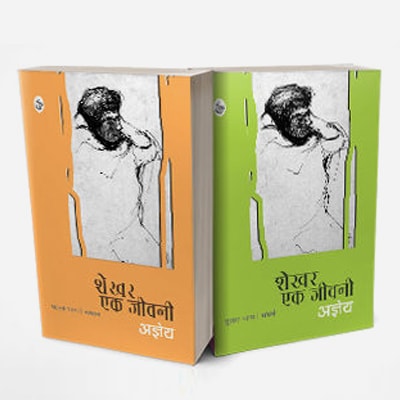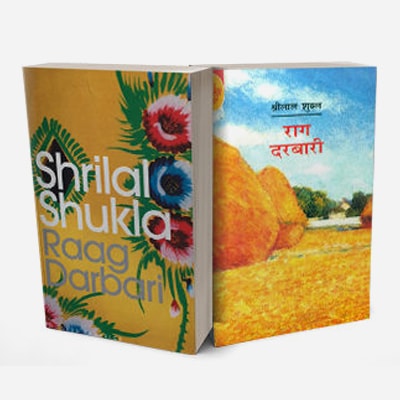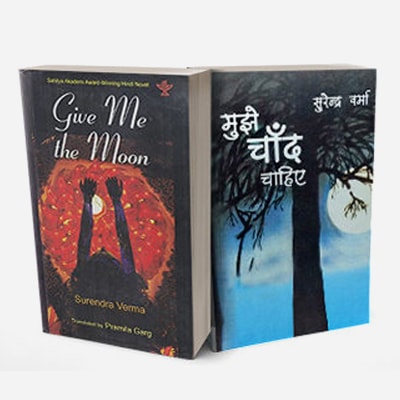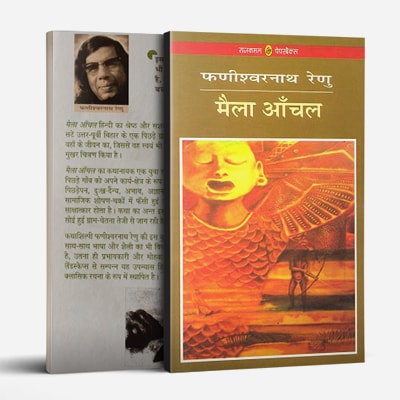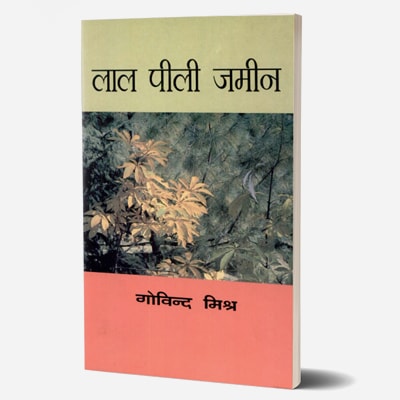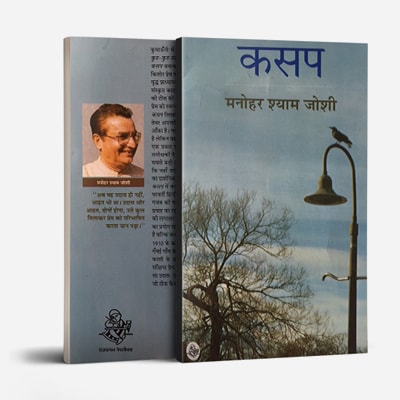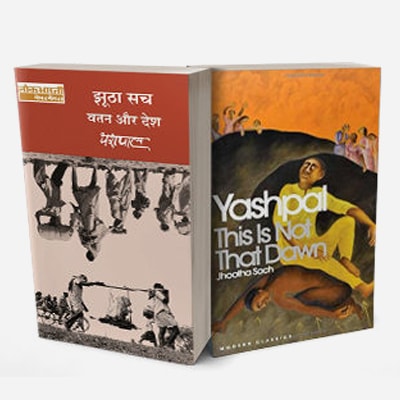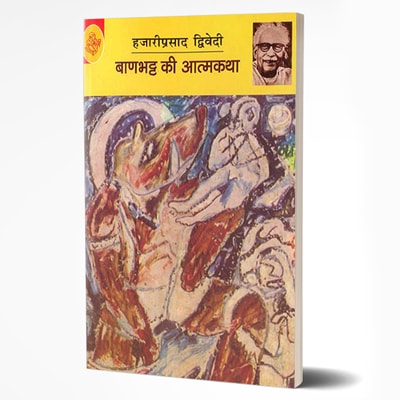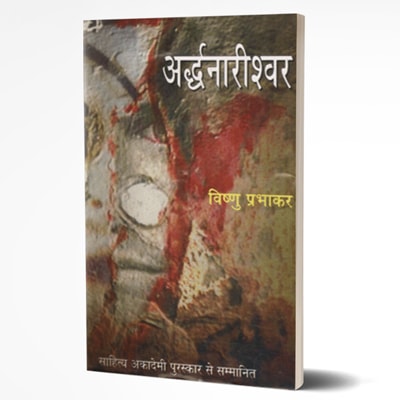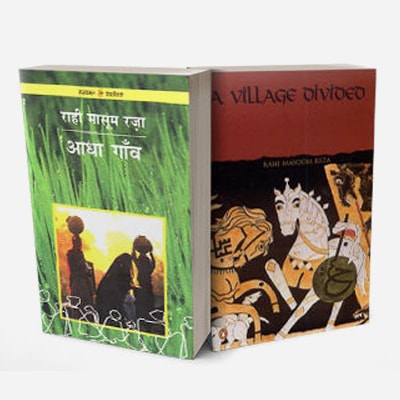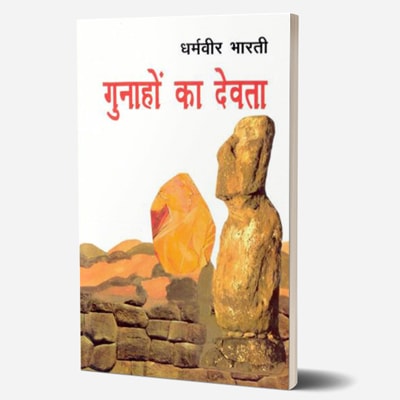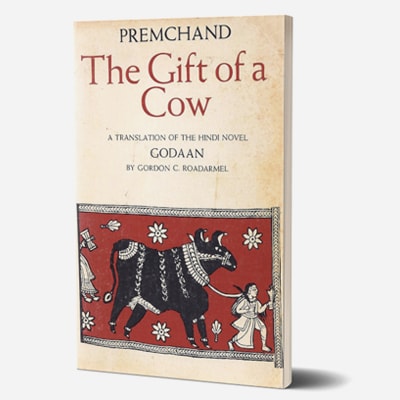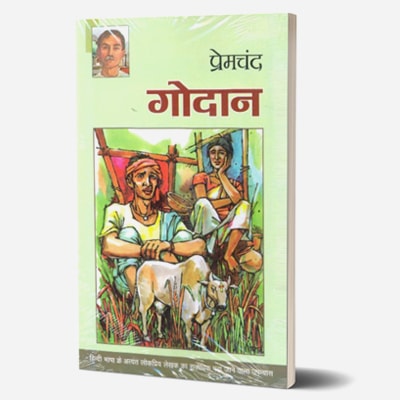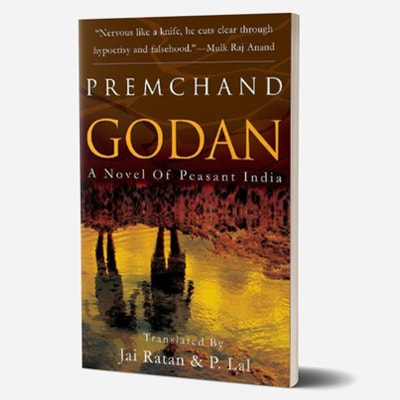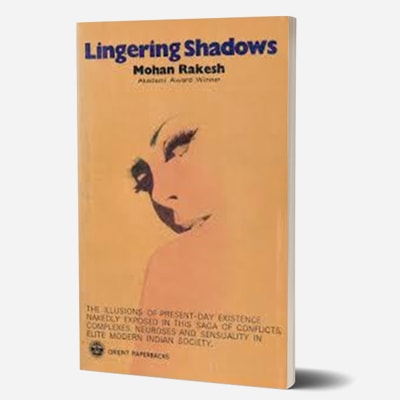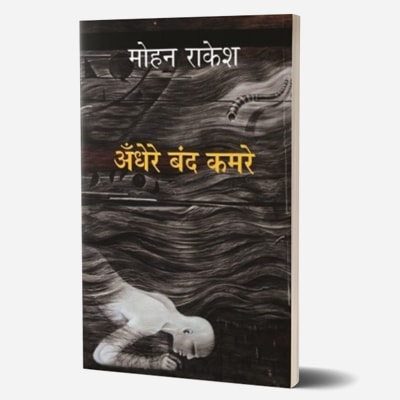Gunahon Ka Devta
By Dharamvir Bharati
Translated to Chander and Sudha in English by Poonam Saxena
The novel tells the passionate love story of Chander and Sudha. The plot is simple and devoid of any distracting thrilling moments. Instead it is driven by the interaction of the central characters that is in many ways innocent as well as naive. What makes this novel so unusual, and one of the biggest bestsellers of its time, is the author’s ability to present his characters with conflicting choices that have fatal consequences. The story is set in Allahabad just after Partition; a young research student, Chandrakumar Kapoor, an orphan, who is mentored by Dr Shukla, a widower, becomes very close to his daughter, Sudha. The two share a relationship that is deep and strong, and their attraction for each other increases with the passage of time. That Sudha is in love with Chander soon becomes apparent to the reader and other characters such as Sudha’s best friend, Gesu, and Sudha’s cousin Binti. Chander is from a lower caste than Sudha and that is why he doesn’t dare ask for Sudha’s hand in marriage from her father. While Sudha seems to be ‘modern’, she cannot stand up to the social pressure to get married to the man of her father’s choice; Chander also forces her to abide by the wishes of her father. This, then, is the turning point in the novel but it is also through this tragedy that Bharati has made the story appealing to readers.
The writer uses this love story to hold a mirror against society’s socio-economic divide that tears people apart emotionally. He also suggests that in such a restrictive society, young adults are bound to develop romantic feelings for anyone from the opposite sex whom they get a chance to interact with on a regular basis because they have limited options. While they have been exposed to the modern concept of a loving relationship between two adults, society still considers marriage a sort of compromise rather than a fulfilling relationship.
Dharamvir Bharati (25 December 1926–4 September 1997), born in a Kayastha family of Allahabad, was a renowned Hindi poet, author, playwright and social thinker. He was the chief editor of the popular Hindi weekly magazine Dharmayug from 1960 till his death in 1997. He did his MA in Hindi from Allahabad University in 1946 and won the ‘Chintamani Ghosh Award’ for securing highest marks in Hindi.
The 1950’s were the most creative period in Bharati’s life. He wrote many novels, dramas, poems, essays, and critical works during this phase and was awarded the Padmashree for literature in 1972 by the Government of India. His novel Gunaho Ka Devta is all-time classic. He was also awarded the Sangeet Natak Akademi Award in Playwriting (Hindi) in 1988.
Godaan
By Munshi Premchand
Translated in English by Jai Ratan and P. Lal (1957) Translated in English to The Gift of a Cow by Gordon C. Roadarmel (1968)
Godaan is a Hindi novel by Munshi Premchand, translated into English as The Gift of a Cow.
It was first published in 1936 and is considered one of the greatest Hindi novels of modern Indian literature. Themed around the socio-economic deprivation as well as the exploitation of the village poor, the novel was the last complete novel of Premchand. It was translated into English in 1957 by Jai Ratan and P. Lal and in 1968 by Gordon C. Roadarmel which is now considered ‘a classic in itself’. Godaan was made into a Hindi film too in 1963.
The story reflects the typical Indian community and the various problems of caste segregation. It tells us the story of a poor peasant, Hori Mahato, who dreams of possessing a cow. Hori, though poor, is a dutiful and honest character. His sense of duty towards his family members keeps his dream unfulfilled. Hori happens to buy a cow on a debt of Rs 80. There occurs a fight between Hori’s wife and the wife of his younger brother and his brother’s wife ultimately poisons the cow. In order to clear his brother’s name, Hori bribes the police from making further investigation. Again Hori has to pay a penalty to the village Panchayat for his son eloping with a widow. Money continually slips out of Hori’s hands and so does his dream.
This story reflects the subtle way in which the lower castes are exploited by the higher castes. Women also have to face hardships and the incidents occurring with Hori’s daughter-in-law and daughter show us the status of women. Despite all the depressing incidents happening around him, will Hori be able to fulfil his dream of having a cow and how far does he go to make his dream a reality is all that keeps readers guessing.
Munshi Premchand (31 July 1880 – 8 October 1936) was born as Dhanpat Rai in a large Kayastha family near Banaras and was famous for his modern Hindi-Urdu literature. He is one of the most celebrated writers of the Indian subcontinent and is regarded as one of the foremost Hindustani writers of the early twentieth century. He began writing under the pen name ‘NawabRai’, but subsequently switched to ‘Premchand’, Munshi being an honorary prefix. A novel writer, story writer and dramatist, he has been referred to as the ‘UpanyasSamrat’ (Emperor among Novelists) by writers. His works include more than a dozen novels, around 250 short stories, several essays and translations of a number of foreign literary works into Hindi. Premchand is considered the first Hindi author whose writings prominently featured realism. His novels describe the problems of the poor and the urban middle-class. His works depict a rationalistic outlook, which views religious values as something that allows the powerful hypocrites to exploit the weak. He used literature to arouse public awareness about national and social issues and often wrote about topics related to corruption, child widowhood, prostitution, the feudal system, poverty, colonialism and on India’s Freedom Movement.
Andhere Band Kamre
By Mohan Rakesh
Translated to Lingering Shadows by Jai Ratan
Distressing but startlingly evocative Andhere Band Kamre, chronicles Harban’s andNeelima’s painful marriage against the backdrop of Delhi in the early fifties.
A master in portraying pain as a result of a dysfunctional personal relationship, Mohan Rakesh beautifully projects the duality in this novel. The elite civil mind of the present Indian society is divided into two parts: one is steeped in western modernism while the second clings to a hereditary ritualism. This duality creates a gap between society and class, and a barrier between dark and light, a barrier for progressive thinking in a regressive environment. As a result, the central character is torn between the two thought processes leading to anger, envy, suspicion and eventually becomes a stranger to himself. Here’s an impressive depiction of an empty spouse life with mutual honesty, emotional attachment and mental perception through Harban and Neelima – the central characters. This novel, which opens the dark rooms of the physical, intellectual and cultural ambitions of the Indian elite is one of the most famous Hindi stories.
Mohan Rakesh (8 January 1925 – 3 December 1972) was born as Madan Mohan Guglaniin Amritsar, Punjab. He did his M.A. in English and Hindi from Punjab University, Lahore. He was one of the pioneers of the Nai Kahani literary movement of the Hindi literature in the 1950’s. He wrote the first modern Hindi play, Ashadh Ka Ek Din (1958), which won a competition organised by the Sangeet Natak Akademi. He made significant contributions to the novel, the short story, travelogue, criticism, memoir and drama.
He started his career as a teacher at Elphinstone College, Bombay from 1947 to 1949, after that he shifted to Delhi. Eventually, he resigned from his job to write full-time. He also briefly edited Hindi literary journal Sarika, from 1962-63.
His noted novels are Andhere Band Kamare and Na Aane Wala Kal. His plays Ashadh Ka Ek Din (1958), which played a major role in reviving Hindi theatre in the 1960’s and Adhe Adhure (1969). He was awarded the Sangeet Natak Akademi Award in 1968.
